
Rabbit Anti-WNK1 antibody
Erythrocyte 65 kDa protein; HSAN2; HSN2; hWNK1; KDP; KIAA0344; Kinase deficient protein; MGC163339; MGC163341; p65; PRKWNK1; Prostate derived sterile 20 like kinase; Protein kinase lysine deficient 1; Protein kinase lysine-deficient 1; Protein kinase with
View History [Clear]
Details
Product Name WNK1 Chinese Name 赖氨酸缺陷型蛋白激酶1Recombinant rabbit monoclonal anti Alias Erythrocyte 65 kDa protein; HSAN2; HSN2; hWNK1; KDP; KIAA0344; Kinase deficient protein; MGC163339; MGC163341; p65; PRKWNK1; Prostate derived sterile 20 like kinase; Protein kinase lysine deficient 1; Protein kinase lysine-deficient 1; Protein kinase with no lysine 1; PSK; Serine/threonine protein kinase WNK1; Serine/threonine-protein kinase WNK1; With no K; WNK lysine deficient protein kinase 1; WNK1; WNK1_HUMAN. Research Area Tumour Cell biology immunology Signal transduction Apoptosis transcriptional regulatory factor Channel protein Transporter Immunogen Species Rabbit Clonality Monoclonal Clone NO. 4G10 React Species (predicted: Human, Mouse, Rat, ) Applications WB=1:500-1000 IHC-P=1:100-500 (Paraffin sections need antigen repair)
not yet tested in other applications.
optimal dilutions/concentrations should be determined by the end user.Theoretical molecular weight 251kDa Cellular localization cytoplasmic Form Liquid Concentration 1mg/ml immunogen KLH conjugated synthetic peptide derived from human WNK1 Lsotype IgG Purification affinity purified by Protein A Buffer Solution 0.01M TBS(pH7.4) with 1% BSA, 0.03% Proclin300 and 50% Glycerol. Storage Shipped at 4℃. Store at -20 °C for one year. Avoid repeated freeze/thaw cycles. Attention This product as supplied is intended for research use only, not for use in human, therapeutic or diagnostic applications. PubMed PubMed Product Detail WNK1 controls sodium and chloride ion transport by inhibiting the activity of WNK4, potentially by either phosphorylating the kinase or via an interaction between WNK4 and the autoinhibitory domain of WNK1. WNK4 regulates the activity of the thiazide sensitive Na/Cl cotransporter, SLC12A3, by phosphorylation. WNK1 may also play a role in actin cytoskeletal reorganization.
Function:
Serine/threonine kinase which plays an important role in the regulation of electrolyte homeostasis, cell signaling, survival, and proliferation. Acts as an activator and inhibitor of sodium-coupled chloride cotransporters and potassium-coupled chloride cotransporters respectively. Activates SCNN1A, SCNN1B, SCNN1D and SGK1. Controls sodium and chloride ion transport by inhibiting the activity of WNK4, by either phosphorylating the kinase or via an interaction between WNK4 and the autoinhibitory domain of WNK1. WNK4 regulates the activity of the thiazide-sensitive Na-Cl cotransporter, SLC12A3, by phosphorylation. WNK1 may also play a role in actin cytoskeletal reorganization. Phosphorylates NEDD4L (By similarity).
Subunit:
Interacts with SYT2 (By similarity). Interacts with WNK3 and WNK4 (By similarity).
Subcellular Location:
Cytoplasm.
Tissue Specificity:
Widely expressed, with highest levels observed in the testis, heart, kidney and skeletal muscle. Isoform 3 is kidney-specific.
Post-translational modifications:
O-glycosylated.
Phosphorylated upon DNA damage, probably by ATM or ATR.
DISEASE:
Defects in WNK1 are a cause of pseudohypoaldosteronism type 2C (PHA2C) [MIM:614492]. An autosomal dominant disease characterized by severe hypertension, hyperkalemia, hyperchloremia, mild hyperchloremic metabolic acidosis in some cases, and correction of physiologic abnormalities by thiazide diuretics.
Defects in WNK1 are a cause of hereditary sensory and autonomic neuropathy type 2A (HSAN2A) [MIM:201300]. A form of hereditary sensory and autonomic neuropathy, a genetically and clinically heterogeneous group of disorders characterized by degeneration of dorsal root and autonomic ganglion cells, and by sensory and/or autonomic abnormalities. HSAN2A is an autosomal recessive disorder characterized by impairment of pain, temperature and touch sensation, onset of symptoms in infancy or early childhood, occurrence of distal extremity pathologies (paronychia, whitlows, ulcers, and Charcot joints), frequent amputations, sensory loss that affects all modalities of sensation (lower and upper limbs and perhaps the trunk as well), absence or diminution of tendon reflexes (usually in all limbs), minimal autonomic dysfunction, absence of sensory nerve action potentials, and virtual absence of myelinated fibers with decreased numbers of unmyelinated fibers in sural nerves.
Similarity:
Belongs to the protein kinase superfamily. Ser/Thr protein kinase family. WNK subfamily.
Contains 1 protein kinase domain.
SWISS:
Q9H4A3
Gene ID:
65125
Database links:Entrez Gene: 65125 Human
Entrez Gene: 100503989 Mouse
Entrez Gene: 232341 Mouse
Omim: 605232 Human
SwissProt: Q9H4A3 Human
SwissProt: P83741 Mouse
Unigene: 726723 Human
Unigene: 728846 Human
Unigene: 333349 Mouse
Unigene: 484782 Mouse
Unigene: 27409 Rat
Product Picture
References (0)
No References
Bought notes(bought amounts latest0)
No one bought this product
User Comment(Total0User Comment Num)
- No comment
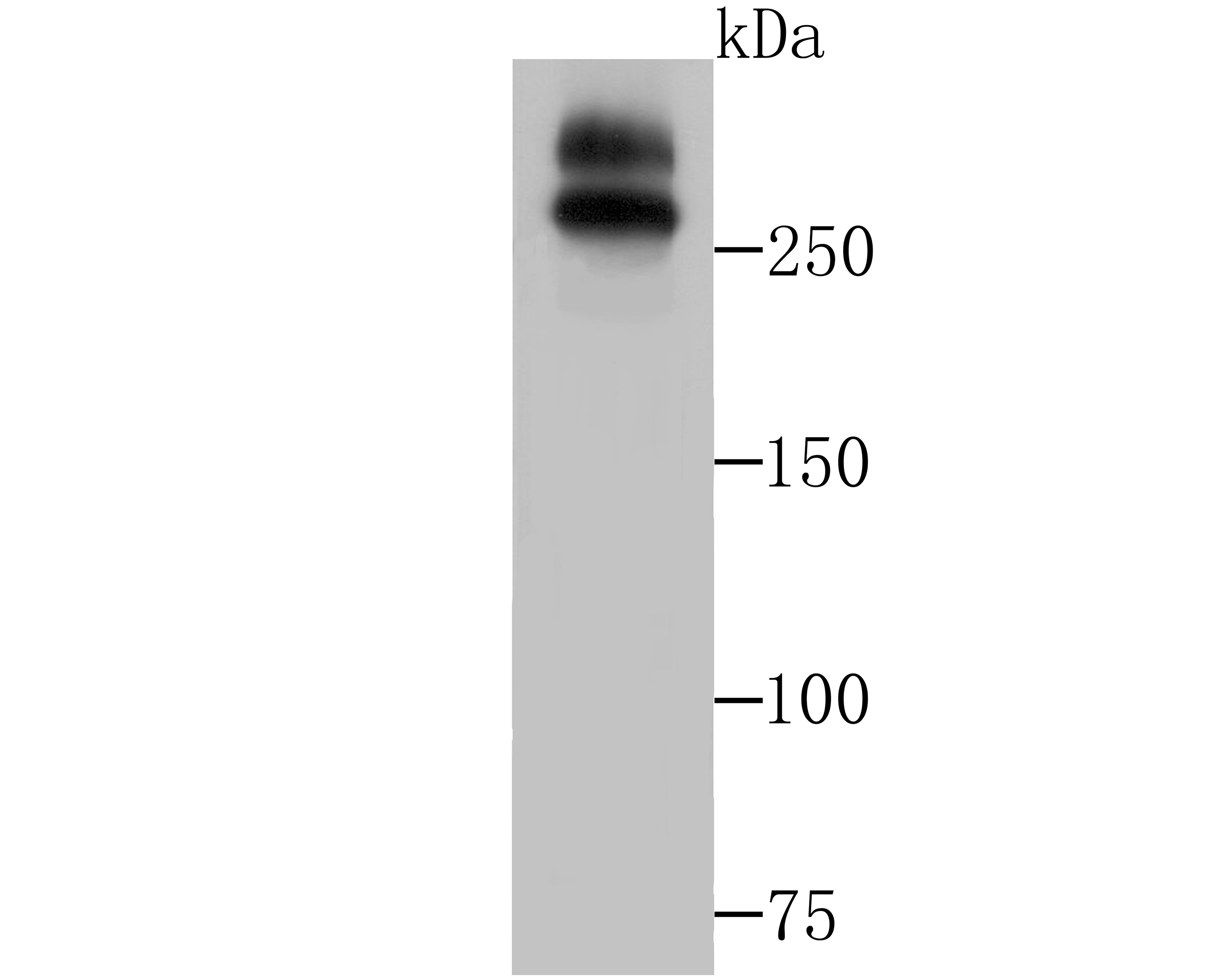
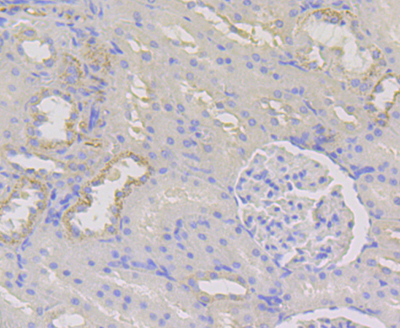
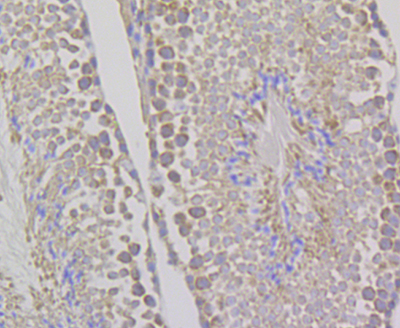
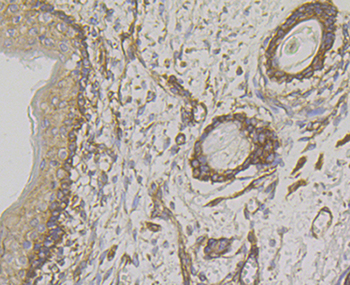
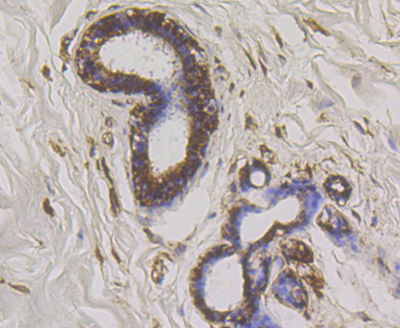


 +86 571 56623320
+86 571 56623320
 +86 18668110335
+86 18668110335

